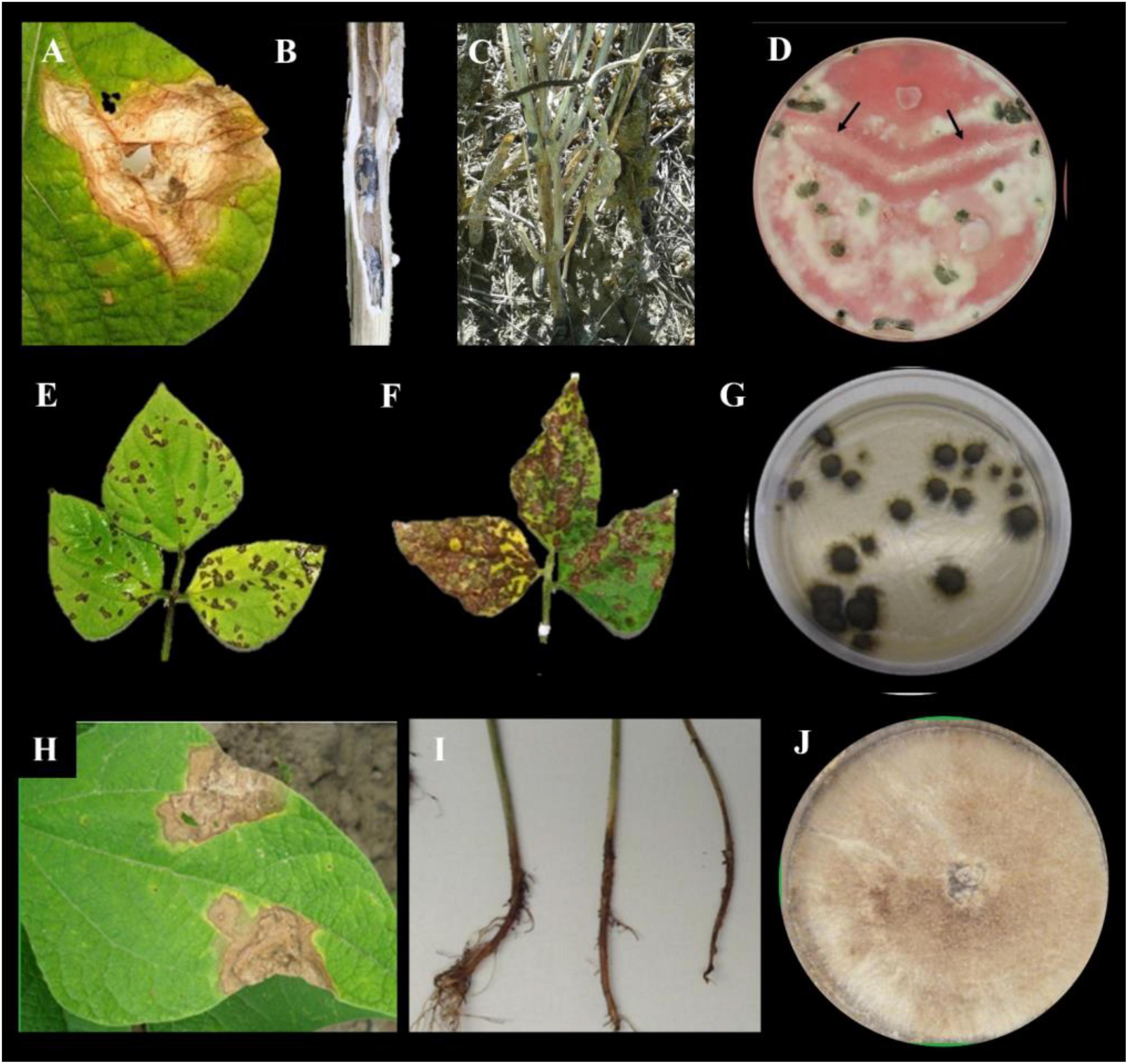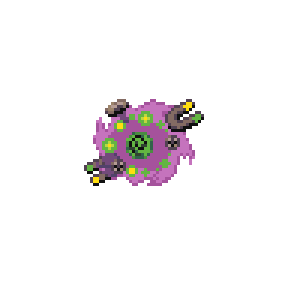Cells, Free Full-Text
Por um escritor misterioso
Last updated 10 novembro 2024
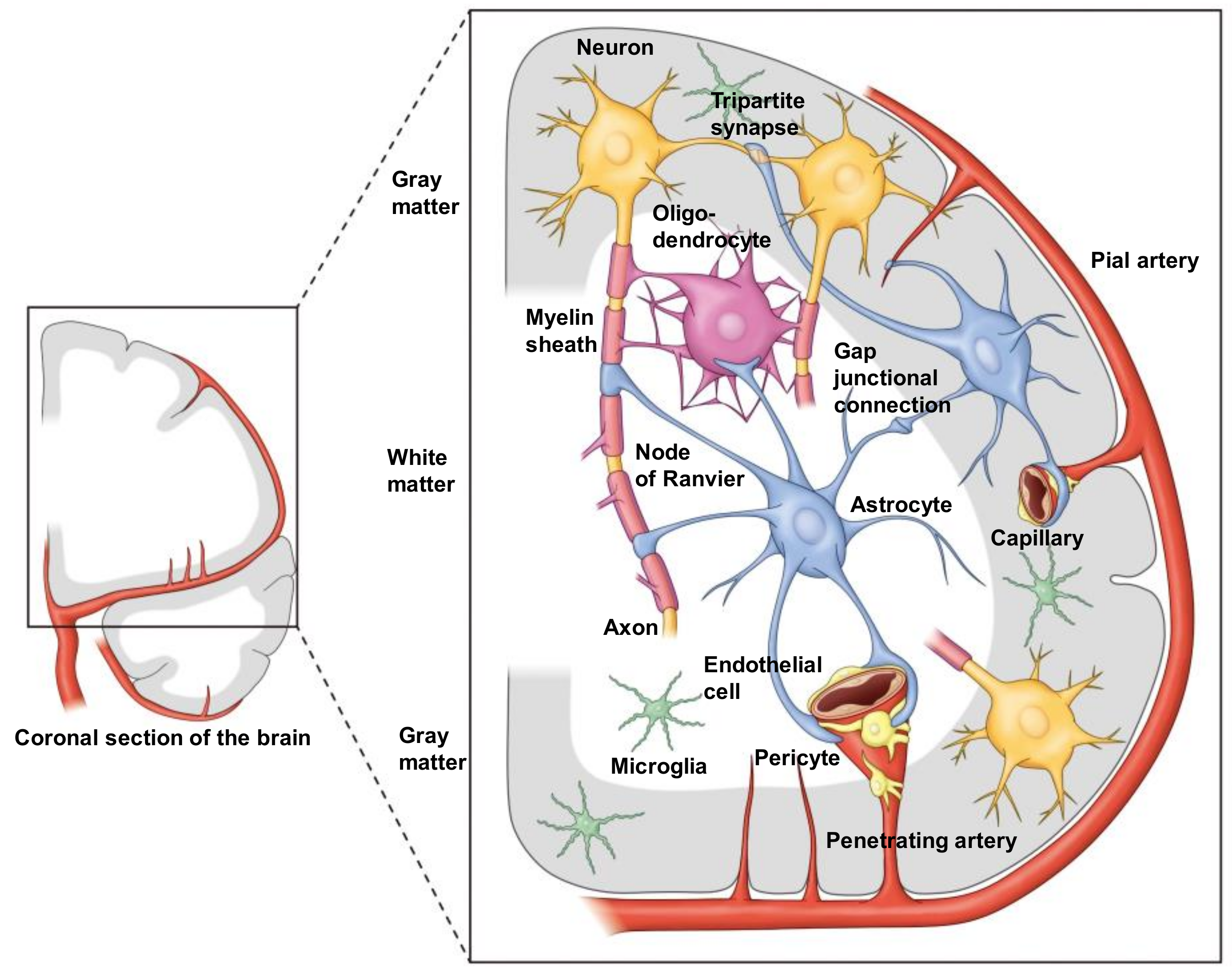
The neurovascular unit (NVU) is a conceptual framework that has been proposed to better explain the relationships between the neural cells and blood vessels in the human brain, focused mainly on the brain gray matter. The major components of the NVU are the neurons, astrocytes (astroglia), microvessels, pericytes, and microglia. In addition, we believe that oligodendrocytes should also be included as an indispensable component of the NVU in the white matter. Of all these components, astrocytes in particular have attracted the interest of researchers because of their unique anatomical location; these cells are interposed between the neurons and the microvessels of the brain. Their location suggests that astrocytes might regulate the cerebral blood flow (CBF) in response to neuronal activity, so as to ensure an adequate supply of glucose and oxygen to meet the metabolic demands of the neurons. In fact, the adult human brain, which accounts for only 2% of the entire body weight, consumes approximately 20–25% of the total amount of glucose and oxygen consumed by the whole body. The brain needs a continuous supply of these essential energy sources through the CBF, because there are practically no stores of glucose or oxygen in the brain; both acute and chronic cessation of CBF can adversely affect brain functions. In addition, another important putative function of the NVU is the elimination of heat and waste materials produced by neuronal activity. Recent evidence suggests that astrocytes play pivotal roles not only in supplying glucose, but also fatty acids and amino acids to neurons. Loss of astrocytic support can be expected to lead to malfunction of the NVU as a whole, which underlies numerous neurological disorders. In this review, we shall focus on historical and recent findings with regard to the metabolic contributions of astrocytes in the NVU.
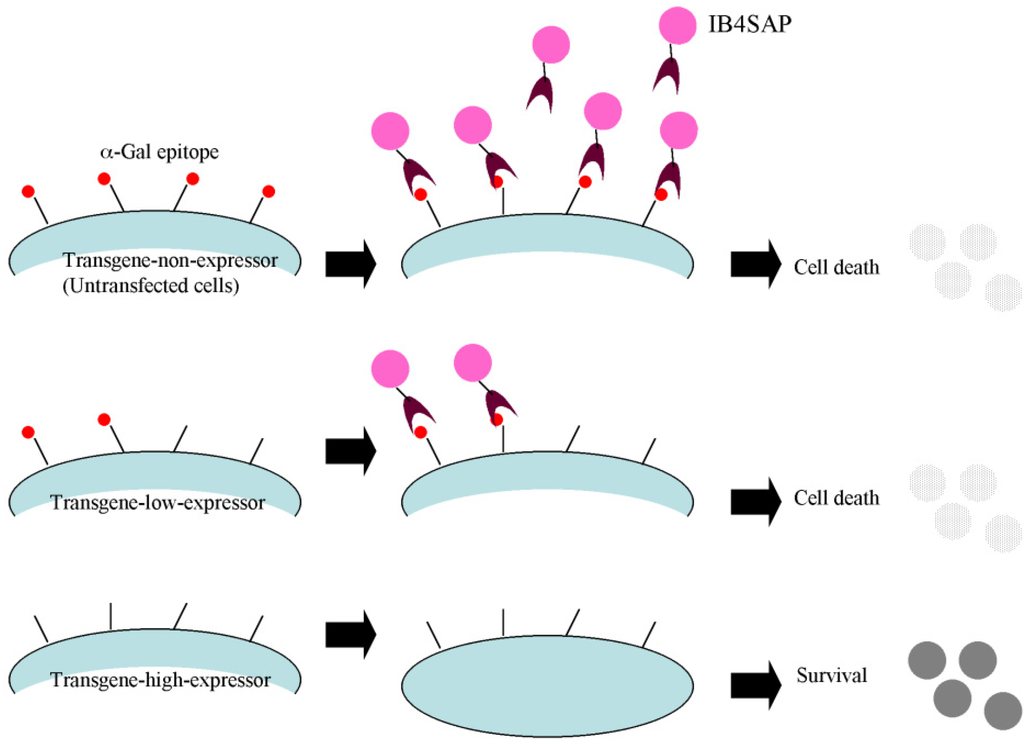
Biology, Free Full-Text
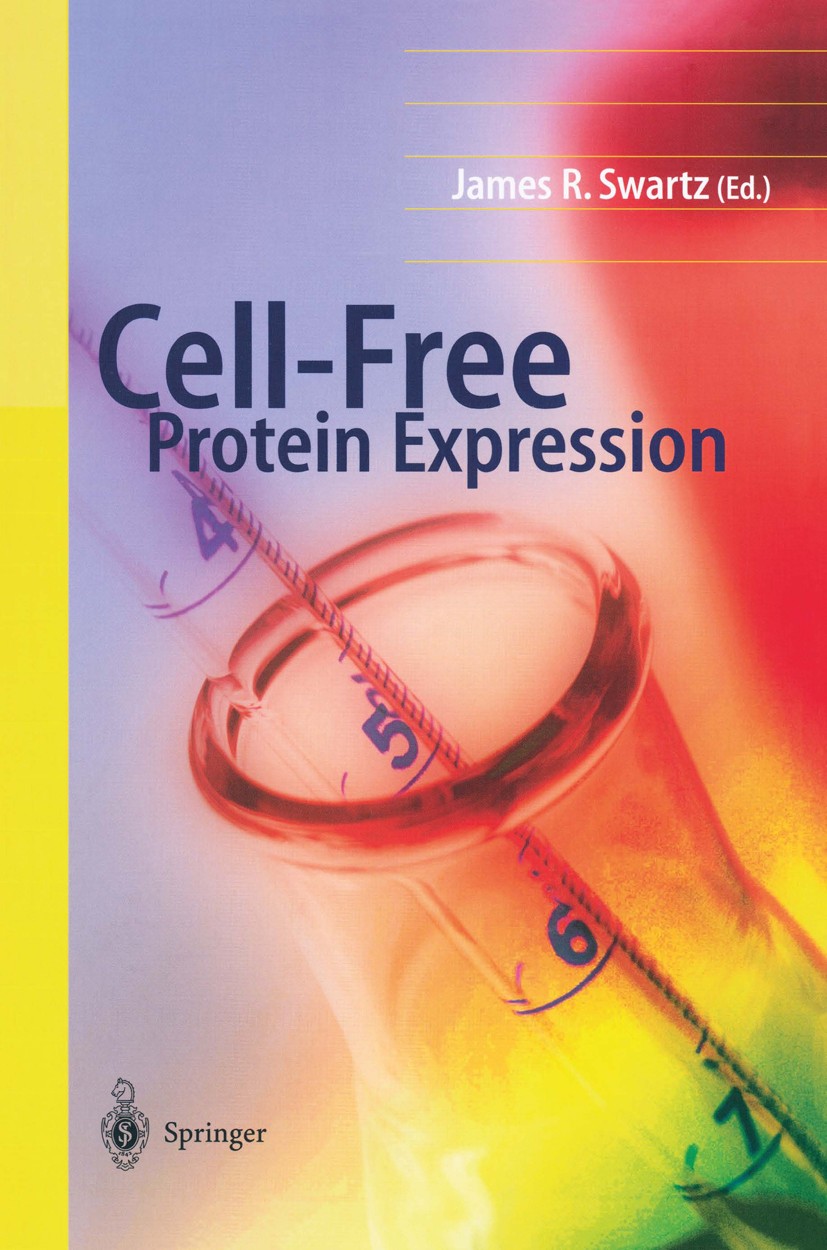
Cell-Free Protein Expression
The dependence of cell-free protein synthesis in E. coli upon naturally occurring or synthetic polyribonucleotides. - Abstract - Europe PMC

Streptomyces cell-free systems for natural product discovery and engineering - ScienceDirect
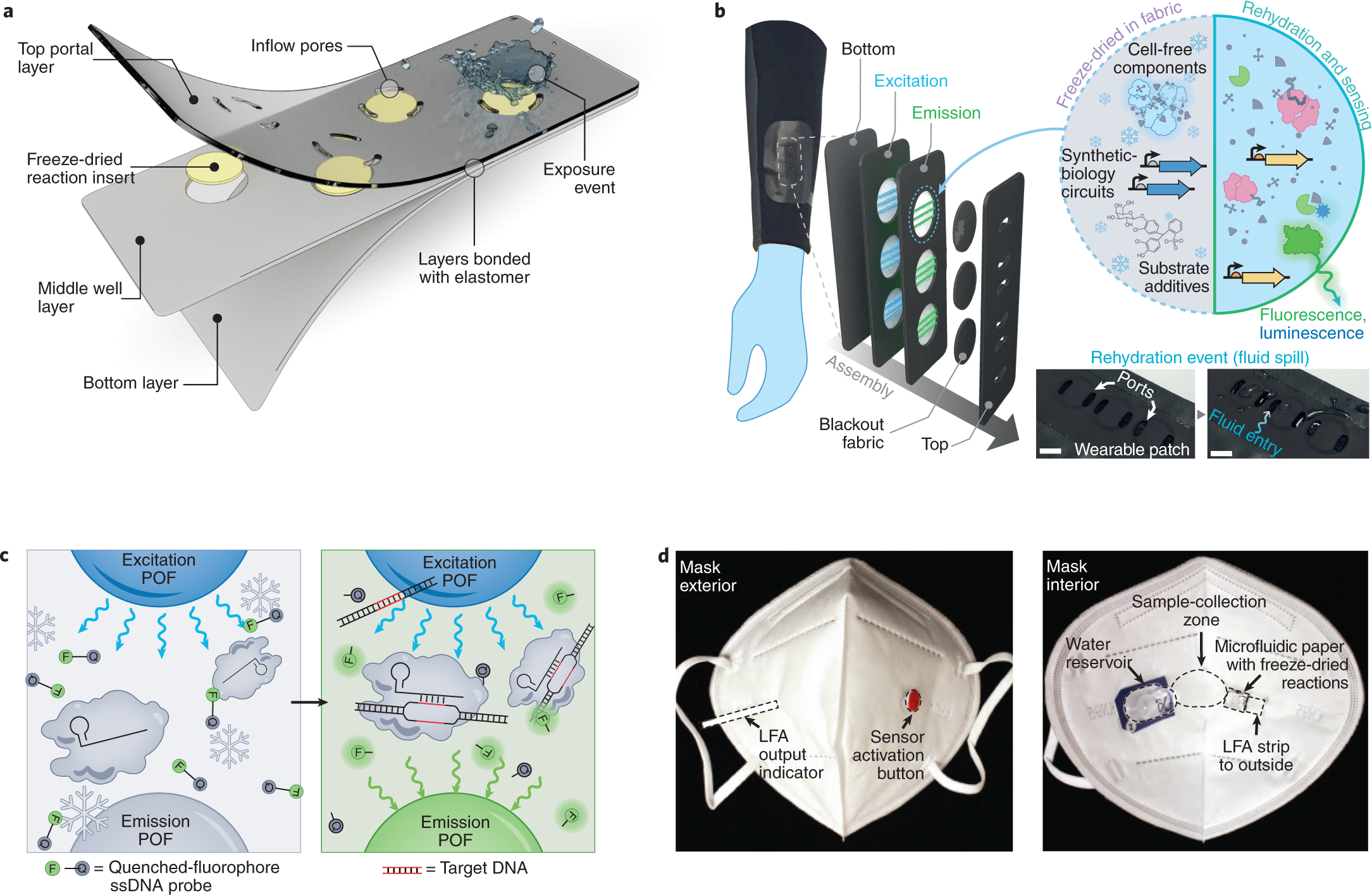
Textile-embedded cell-free biosensors
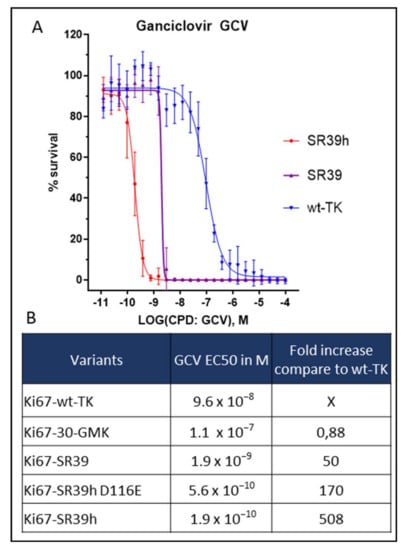
Serial Number Alcohol 120 1.9 6 - Colaboratory
IAPP/amylin-induced interaction between NLRP3 and ASC in a cell-free
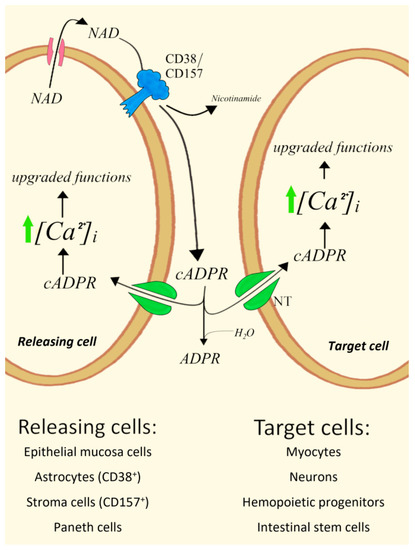
Nt Novo Cella Get File - Colaboratory

Rapid cell-free forward engineering of novel genetic ring oscillators
Recomendado para você
você pode gostar









